Engineering college students take a field trip with the machines built by them. Oh, they race them, too
Report: Joshua Varghese
Photography: Mahindra SAE Baja
As motoring journalists, we get to drive and experience some brilliant machines. Some are engineered to such a level of perfection that we have to pinch ourselves to make sure we are not dreaming. Some of those masterpieces may have had a humble beginning, perhaps starting out as a dream in some young mind. We were at IIT-Ropar, Punjab, for the 11th edition of Baja SAE India to witness similarly motivated youngsters put their creations to the test. Saluting the struggle behind the creation of automotive marvels, this year the theme was “Ground to Glory”.
Since 2007, Baja SAE India have been giving engineering students across the country a platform to showcase their intellect and grit, and their vehicles’ mettle. Due to the large turnout, this year it was conducted in two parts, one near Indore, Madhya Pradesh, and the other at Ropar, Punjab. Of the 388 registrations, 60 teams were chosen for the IIT-Ropar finale. Unlike the first leg of the competition held in Pithampur, this one did not feature electric vehicles.
For the final event at IIT-Ropar, the teams had to clear the virtual round held at the Chitkara University, Chandigarh, in July 2017. The teams that cleared that round set about building their vehicles. The vehicle had to be a single-seater all-terrain buggy that was easy to manoeuvre and transport. The students were expected to fabricate their design without any help from a professional. All teams had to use the same model Briggs & Stratton single-cylinder engine and their vehicles’ speed had to be restricted to 60 km/h. A team’s winning edge over their competition depended on how they optimized weight in their design, how efficient the transmission was and, of course, the driver’s skill.
In the first week of March 2018, the selected teams and their vehicles arrived at IIT-Ropar. The four-day event included a technical inspection, static evaluation (design, cost and sales presentation) and dynamic events such as acceleration, braking, sled pull, suspension and traction, and manoeuvrability.
Post technical inspection, only 25 teams made it to the endurance round. After a sighting lap, the cars were flagged off one after the other and they set off leaving a cloud of dust, aiming to conquer the 2.98-km racetrack. The course was designed to put key elements of the vehicle to test and consisted of muddy pits, slopes, and elevations, sometimes more than 15 feet high. The cars completed the first lap without much drama. Then things got interesting. The muddy pits became tough to traverse and successfully killed the momentum of the cars. Drivers had to find the line of least resistance to make it through the mud without losing a lot of time. Thirty minutes into the race, drivers began pulling into the pits to make quick repairs and to refuel. An hour later, one of the teams had to retire from the race due to technical difficulties and soon others started following suit.
SKN Sinhgad Institute of Technology and Science, Lonavala (car number 51), dominated for most part of the race (28 laps). They were closely followed by the Government College of Technology, Coimbatore (car number 15), and the Government College of Engineering, Aurangabad (car number 14). Towards the end of the race, only 13 cars were left on the circuit.
With their team-mates and friends cheering them on, the leading cars crossed the finish line at the end of four hours. At Baja SAE India, crossing the line first does not ensure a win. The winners were decided by their overall performance in the previous events as well.
The Government College of Technology, Coimbatore, Tamil Nadu, won the competition and also a cash prize of Rs 1.5 lakh. The Government College of Engineering, Aurangabad, Maharashtra, claimed the second place and received a cash prize of Rs 1 lakh. Varinder Singh from the faculty of the Chitkara University, Rajpura, was awarded the Dronacharaya Award in appreciation of his role as a mentor to his students.
Mahindra and SAE India are doing a commendable job in identifying young talent who could contribute to the field of automotive engineering in the near future. In an age where most engineering students rarely step out of a classroom, it was inspiring to see these young chaps apply their knowledge in real-life situations and grow as engineers in the process. The event also helps the students to secure jobs in some leading automotive companies. Let’s hope more students come forward for the following editions of Baja SAE India.
|
Award |
Institution |
State |
|
Overall Winner |
Government College of Technology |
Tamil Nadu |
|
Overall Runner-up |
Government College of Engineering |
Maharashtra |
|
Engineering Design |
The National Institute of Engineering |
Karnataka |
|
Cost |
YMCA University of Science and Technology |
Haryana |
|
CAE (Computer Aided Engineering) |
KIET Group of Institutions |
Uttar Pradesh |
|
Sales/Marketing Presentation Award |
Sri Sairam Engineering College |
Tamil Nadu |
|
Go Green – Emissions |
Sri Sairam Engineering College |
Tamil Nadu |
|
Acceleration |
Government College of Engineering |
Maharashtra |
|
Manoeuvrability |
Government College of Technology |
Tamil Nadu |
|
Sled Pull |
KIET Group of Institutions |
Uttar Pradesh |
|
Suspension Event |
Government College of Engineering |
Maharashtra |
|
Raftar (Speed) |
Government College of Engineering |
Maharashtra |
|
Durability |
SKN Sinhgad Institute of Technology and Science |
Maharashtra |
|
Pride of Punjab (Punjab and Chandigarh) |
PEC University of Technology |
Chandigarh |


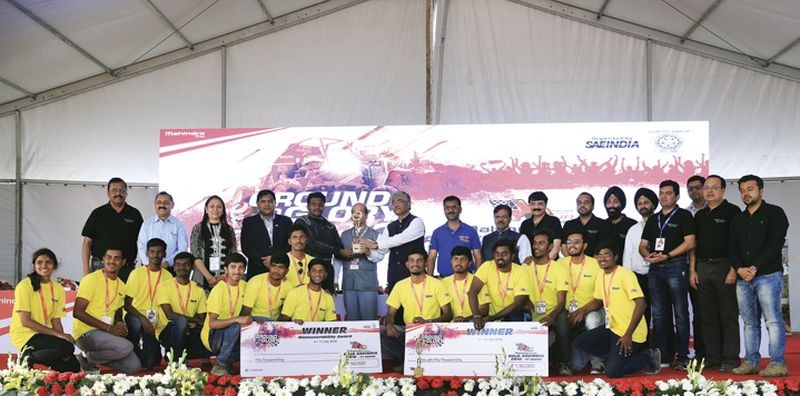
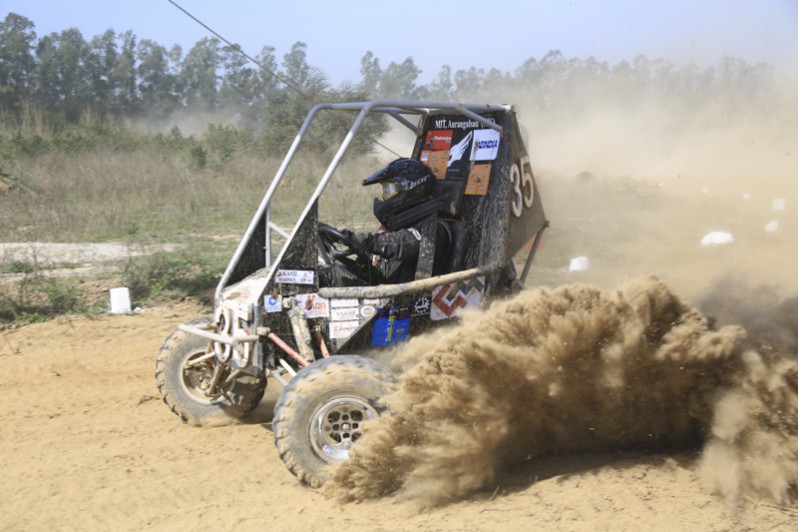
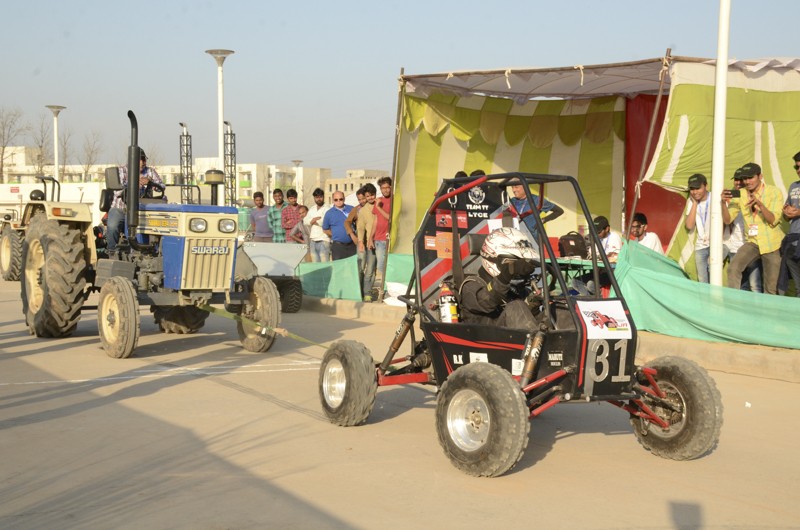
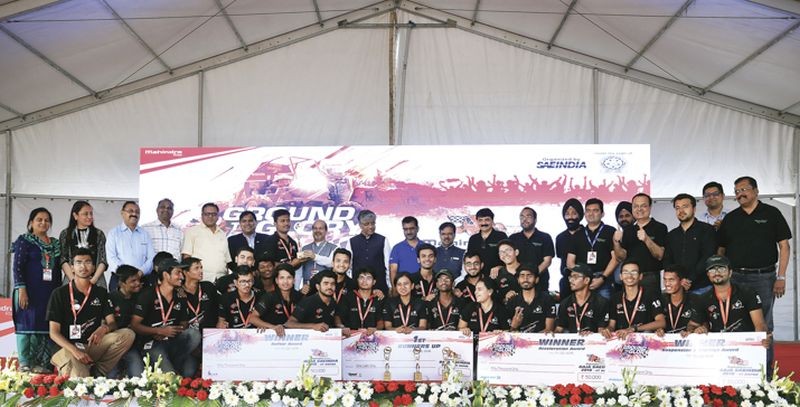
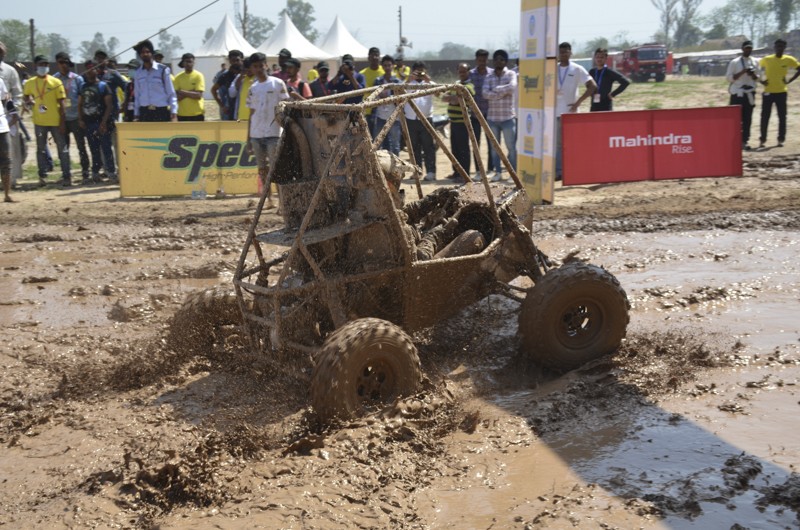





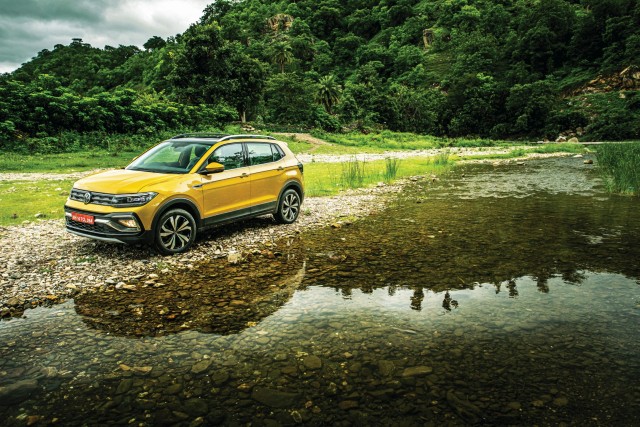


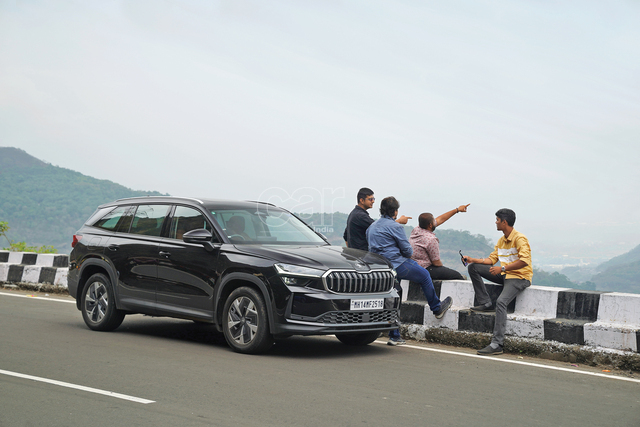


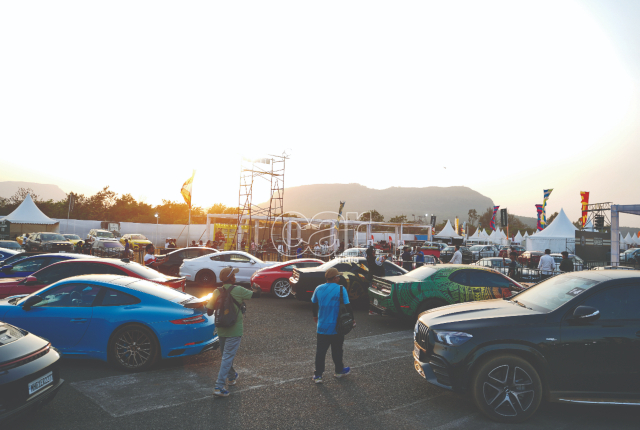

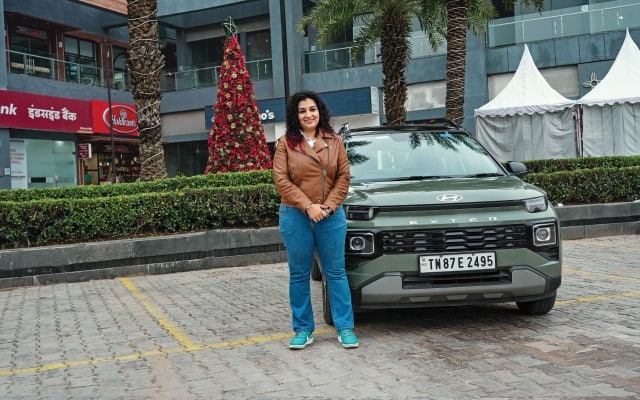



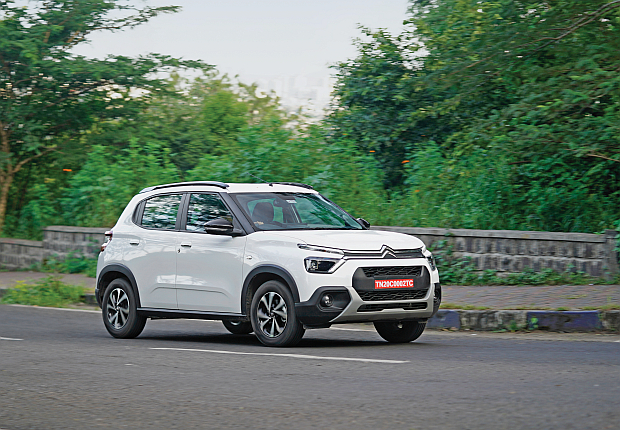
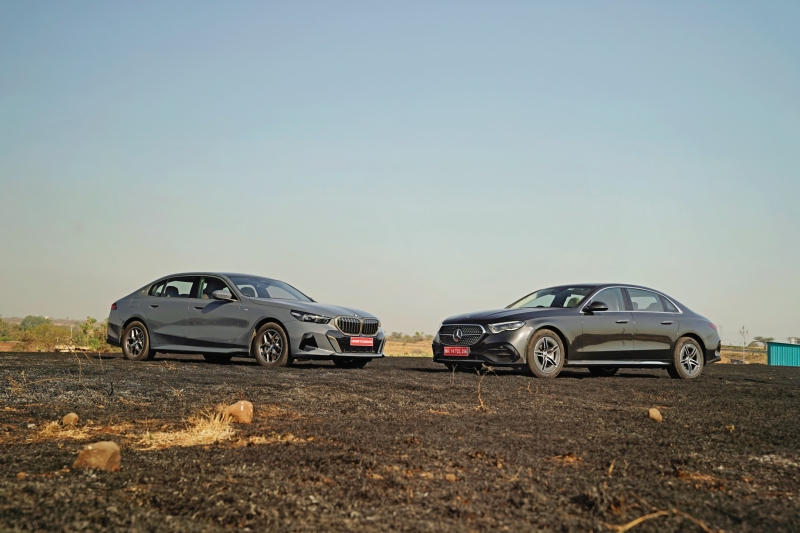
Leave a Reply